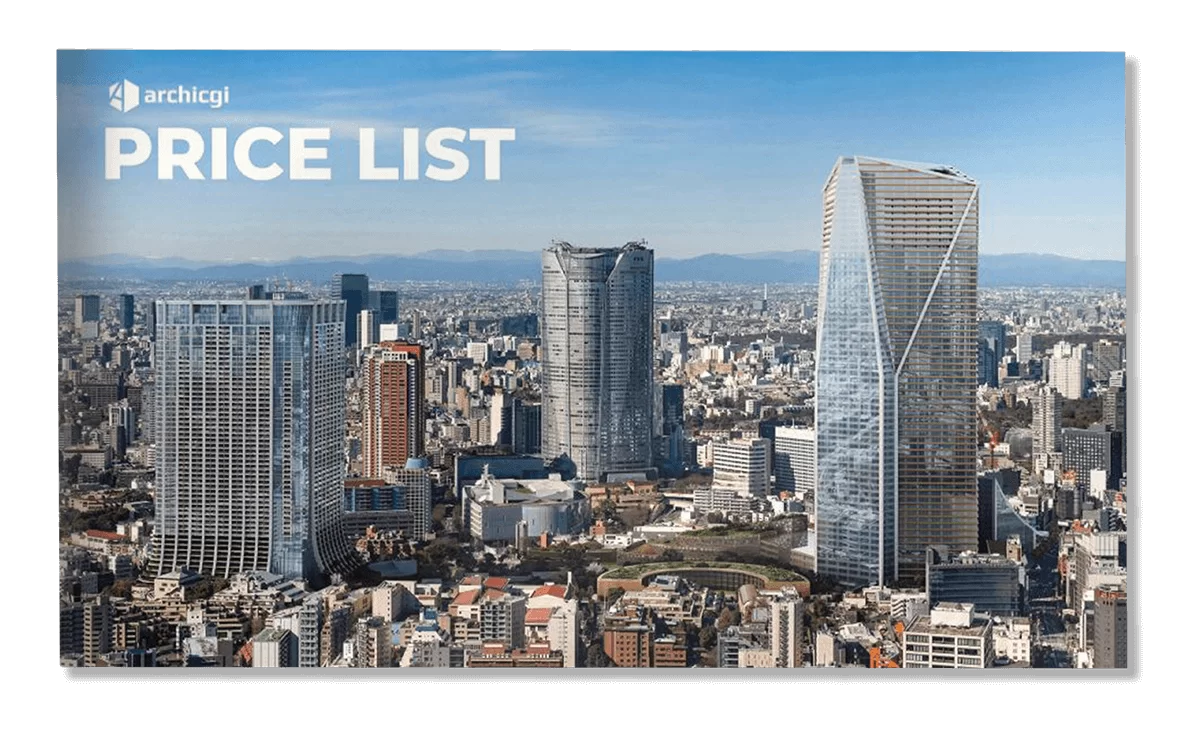To get stunning CG visuals for project presentations and marketing activities, designers and real estate agents often work with professional 3D interior rendering studios. And to do their job, the latter need a brief. An essential part of that brief is visual references. When choosing them, clients of a CGI studio should remember two main principles. The more detailed the references are, the better the outcome of a 3D visualization project is. Also, it’s crucial to always specify what particular aspect of a reference CGI specialists need to recreate in CGI.
This way, collaboration with a professional architectural rendering company will be the most efficient. As a result, one will receive 3D interior renders of the highest quality without wasting time and money on countless revisions. Now, let’s see what types of visual refs there are and how one can use them to get magnificent CGI for their projects!
#1. Particular Items

The first type of reference for professional 3D interior rendering is an image that shows a particular item the designer wants to use in their project. It can be a piece of furniture or decor. And if the picture features more than one item, the client needs to point exactly which one they want to be used.
Providing a link to the object is incredibly helpful in this case as well. Because knowing the exact brand and model of an item, professional 3D artists can easily find it in their library of 3D models or download it from external stocks. And if it isn’t there, they can create the necessary 3D model from scratch. So, by providing this kind of visual aid, a customer will get an incredibly accurate digital representation of the required concept.
#2. Sample Items
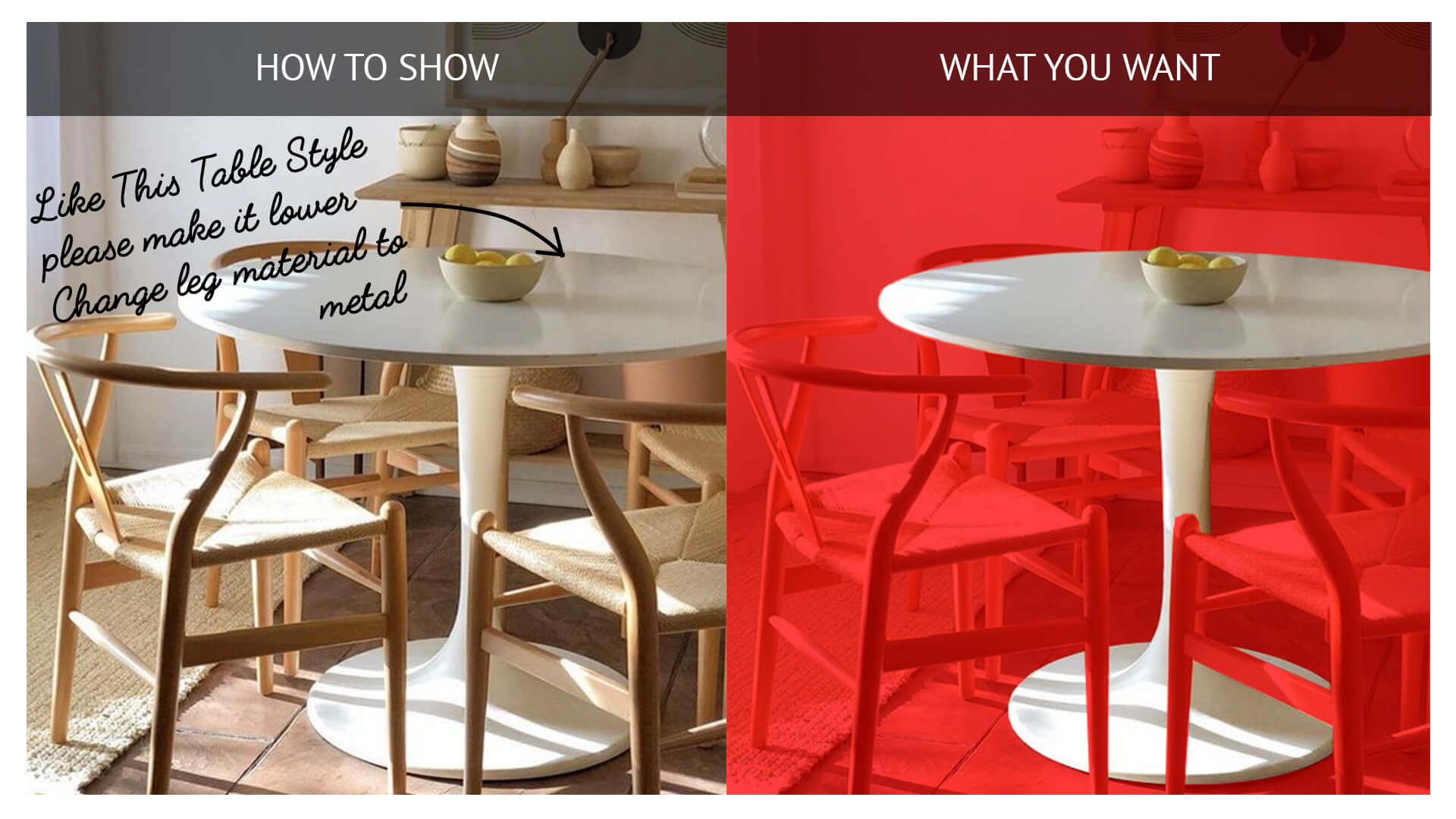
Sometimes, a professional 3D rendering studio’s client likes certain furniture and decor pieces or finishing materials but they don’t need to use those exact things in the project. They just want more or less similar items to be depicted in the imagery. In this case, it is recommended to send images with examples. And one should not forget to specify what aspects of the items in the picture they like and which ones they want to change, if any.
For instance, a client might want to use the same table or chair in a different color, material, size, etc. Here, 3D rendering specialists will use the references to create custom 3D models or select the most similar objects from the library. With the latter approach, designers and realtors can save quite a bit of time and money. Because using ready-made 3D models requires much less work than making custom ones.
#3. Texture Images
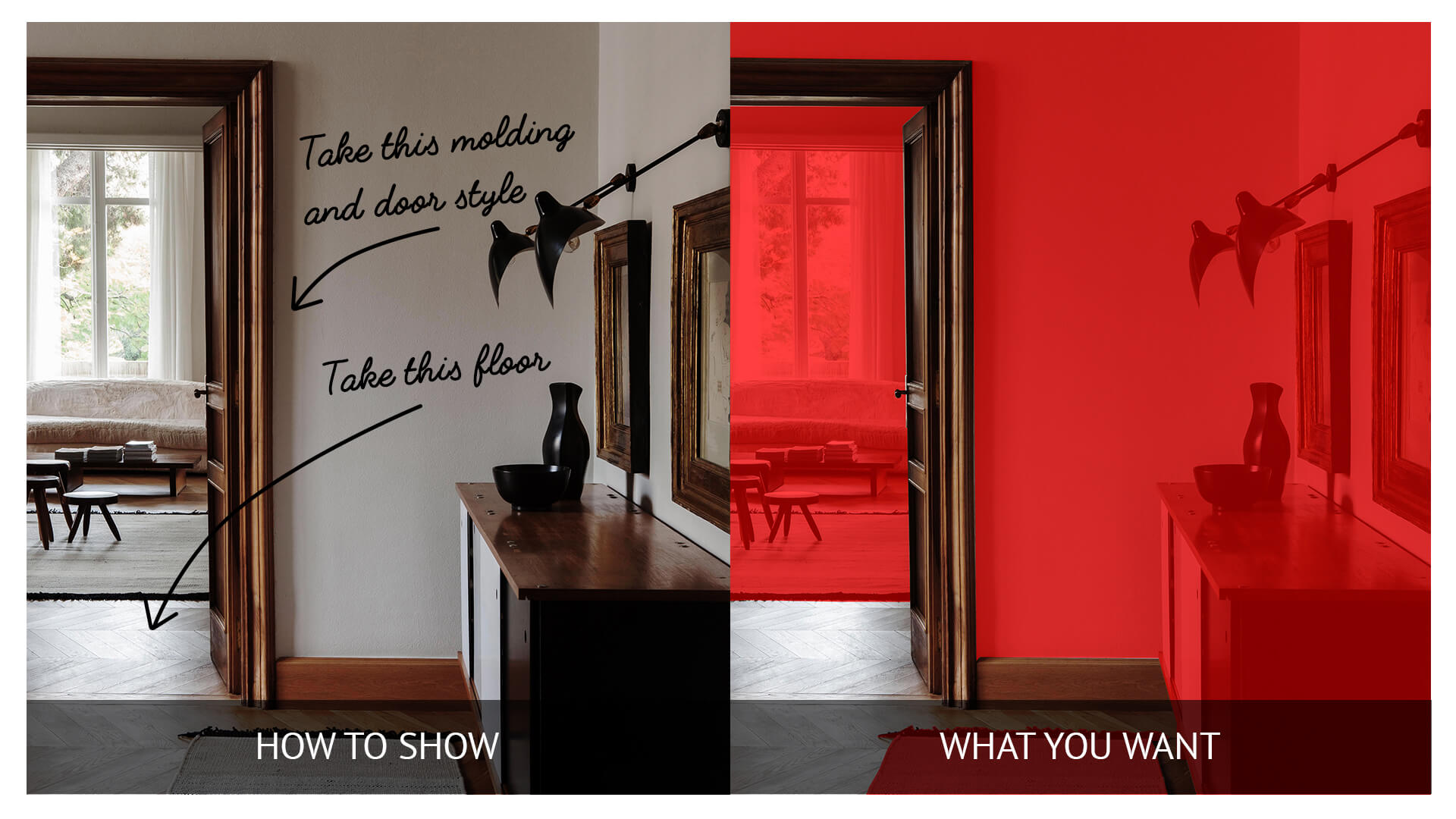
Getting the textures right in professional 3D interior rendering is crucial for producing photorealistic visuals. To help 3D artists achieve the desired result, one can send links to the selected finishing materials or take photos of those themselves. Or, if a client wants to ensure complete matching of a 3D model to the real-life item, they can even send physical material samples to a 3D interior visualization studio by mail.
Take your design presentation to a new level with interior rendering
In the case of photos, it is needed to make sure that texture samples in the frame are properly lit, pictures are not distorted, and of high resolution. Also, it’s best to take two shots of each sample — a front and a corner view. The front view allows 3D interior rendering specialists to see the colors and patterns of materials, while the corner view depicts their properties. For instance, it shows the materials’ glossiness, reflectivity, structure, and so on.
#4. Lighting and Style Examples
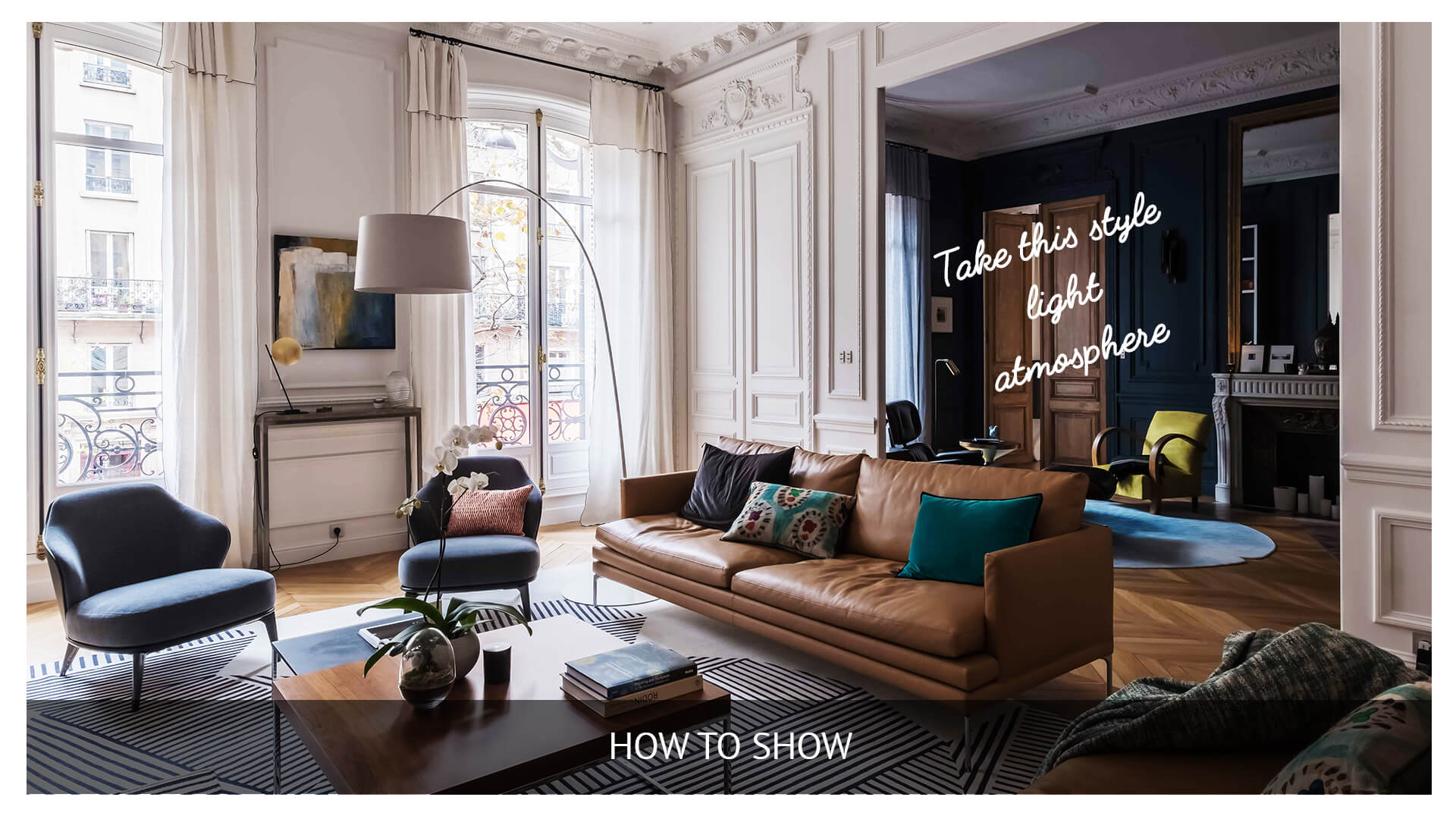
Images that show one’s preferences on lighting and style are also very important in professional 3D rendering projects. Those references help 3D artists understand what mood and atmosphere their client wants to have in the visuals. For example, one can choose to fill the whole interior with the natural light of an overcast day. Or they might want to showcase the coziness of the place in the evening, with the curtains drawn and the lamps on. In any case, it’s very important to choose those references carefully and to tell the 3D rendering team exactly what aspects need to be recreated in the CG pictures.
#5. Background Images
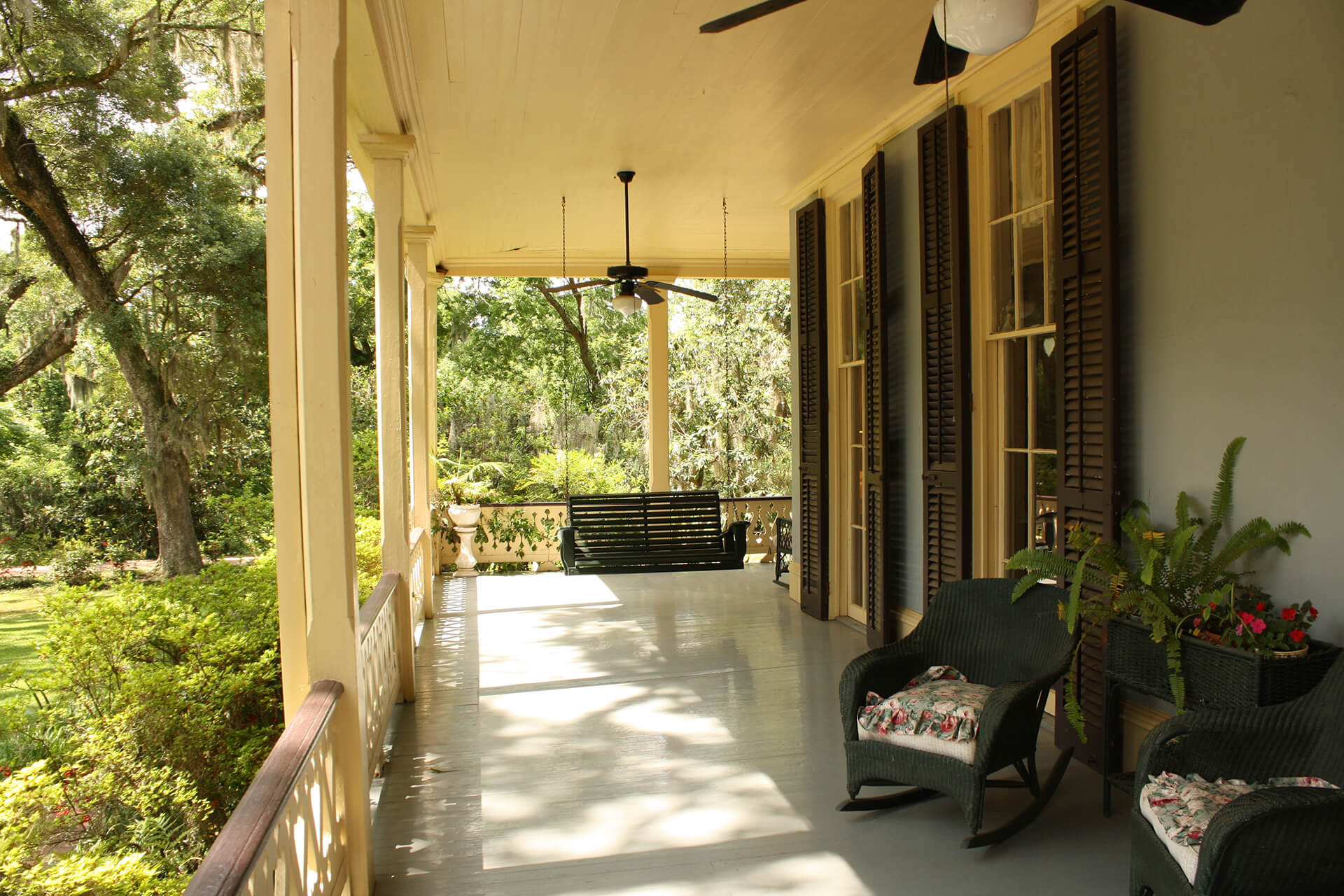
Creating a realistic setting for a project is an essential part of the professional 3D interior rendering process. That includes adding suitable views from the windows — background images. Usually, clients want those to depict particular surroundings in terms of places, weather, and time of the day. And to get the desired look for their concept, they only need to find a high-resolution image that they like. The CGI specialists will then place it in the pictures as a window view, seamlessly blending it with the 3D scene. This way, design visualization will become life-like and complete.

And here’s the final 3D rendering created using the references shown in this article. Just look how amazing it turned out!
Those were the 5 types of visual references for professional 3D interior rendering. In the picture below, you can see all of them in the form of a list.
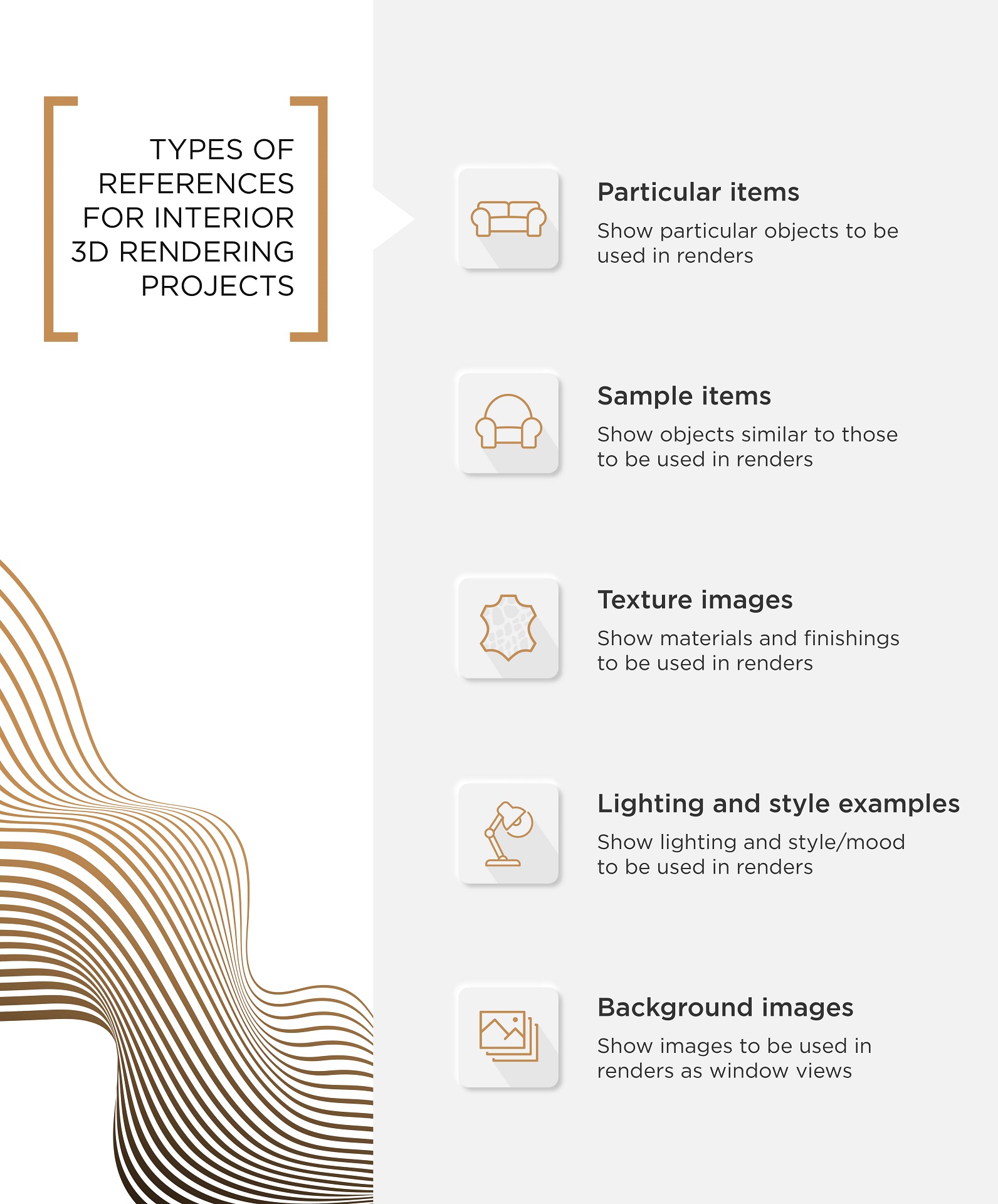
And to get the most out of those, designers and realtors should always remember to provide high-quality pictures and to specify what aspects of them should be used in the project. That will help them to get perfect CG images for presentations and marketing fast and with few or no corrections along the way.
Want to learn how much your project costs? See how we evaluate 3D rendering projects
Looking for professional interior rendering services to boost your interior design or real estate business? Contact us and get stunning photorealistic visuals for an attractive price!

Ana Wayne
Content Writer, Copywriter
Ana is a content writer for ArchiCGI. She has a passion for design and architecture - and for talking about it. Outside of work, she is a fan of sci-fi movies and a street food connoisseur.



